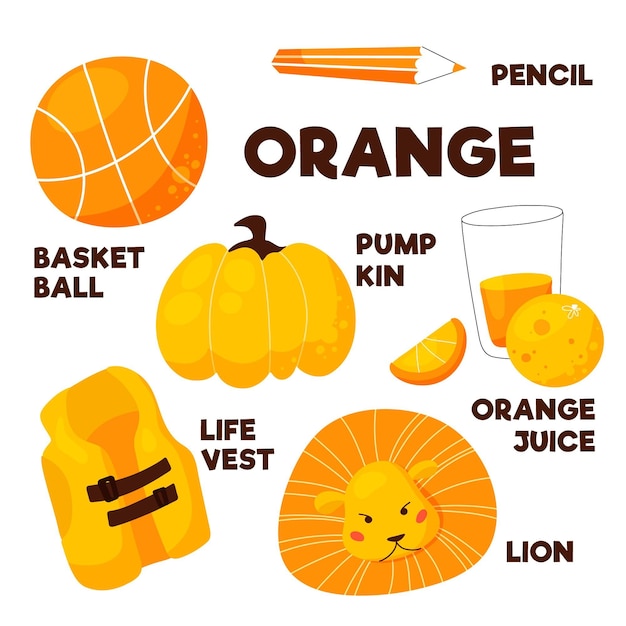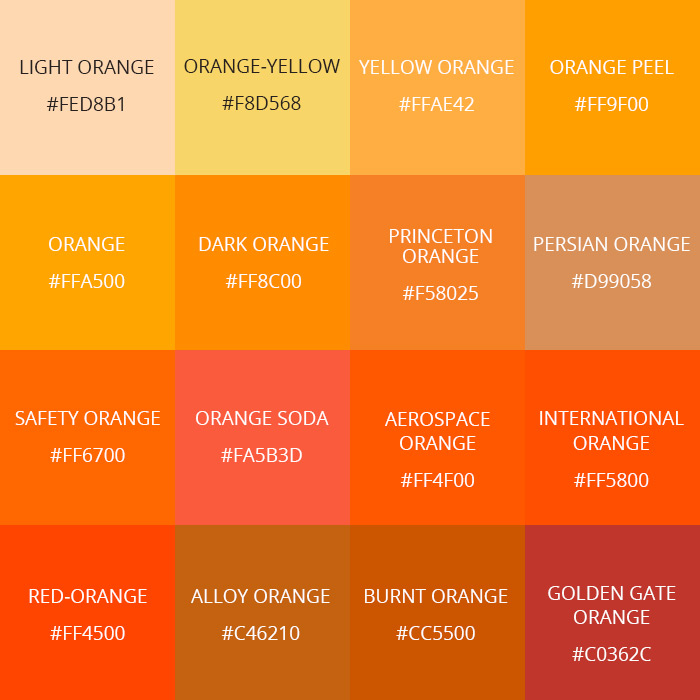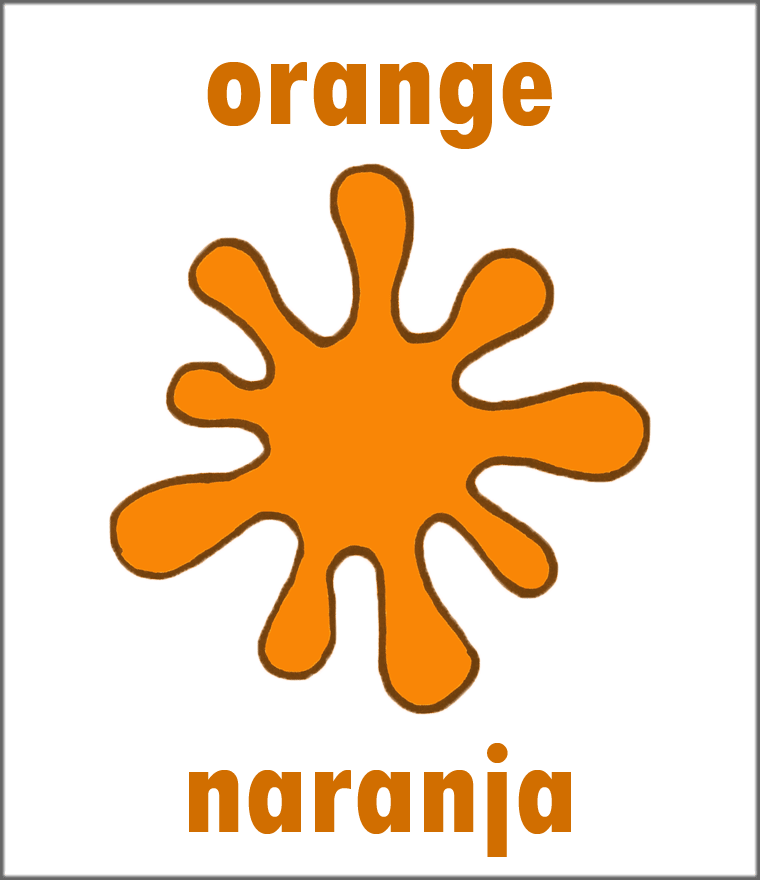
What is pertinent, though, is that because he was William of (the principality of) Orange, the color orange naturally became a symbol of the man and his forces. The historical ramifications of this were widespread, long lasting, and irrelevant to the history of the word orange. This meant that the majority-Catholic Ireland had fallen under the rule of a Protestant king. Clashes between Protestant Williamite and Catholic Jacobite forces continued until 1691, when James was finally forced to flee to France. While the change in management was generally welcomed in England, it was a different story in Ireland. In what came to be called the Glorious Revolution, William deposed James (who, it should be noted, was both William’s uncle and his father-in-law) and became King of England, Ireland, and Scotland. So William of Orange had a lot of support among the English aristocracy when he landed with a large fleet on the southern shore of Britain in 1688. England was also being ruled by a Catholic monarch, James II, and many in England and abroad worried about an alliance between England and France backed by the Catholic Church.

William was a staunch Protestant, which often put him at odds with France’s Catholic King Louis XIV. The child’s name was William III, but he would become more commonly known as William of Orange. In 1650, that sovereignty was passed to a newborn whose father had died a week before the boy’s birth.

In the 17th century, that French principality of Orange was ruled over by a sovereign prince. Orange wasn’t commonly used as the name of the color until around 1540 before then, the color was described by English speakers with words like citrine and saffron or, farther back into Old English, something akin to “yellowish-red” or “reddish-yellow.” Whether the name of the fruit passing through the area influenced the geographical name or vice versa is unclear regardless, both came to be called orange in both French and English by the mid-13th century. Now it just so happened that a common trade route between Marseilles in the south and Paris in the north passed through an area the Romans had called Arausio, a name which over time had been corrupted to Auranche.

(You’ll note that the word didn’t undergo metanalysis in Spanish, where the fruit is naranja and the color is anaranjado.) In Old Occitan, a French dialect spoken in southern France between approximately 11, the orange was called auranja - the beginning n sound was dropped through the process of metanalysis. This became the Arabic naranja as the fruit was brought to the West. Oranges originated in East Asia, probably in northern India, where the orange tree was called, in Sanskrit, naranga. But here’s the more interesting long answer:


 0 kommentar(er)
0 kommentar(er)
